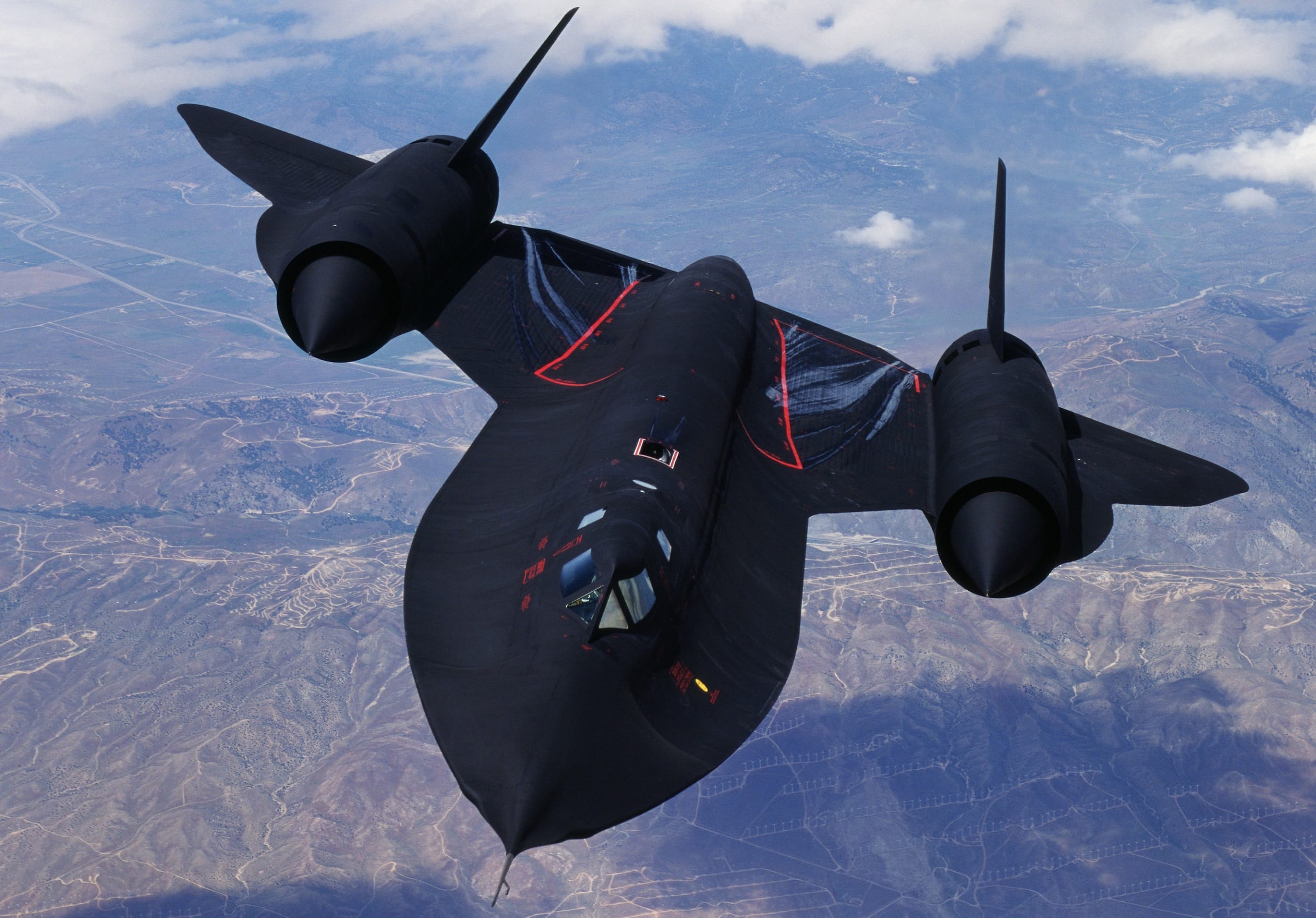The SR-71 Blackbird, even in retirement, remains an aviation icon. This in-depth exploration delves into declassified missions, the potential of its successor, the SR-72, and persistent rumors surrounding this legendary aircraft.
Unveiling the Blackbird’s Classified Missions
The SR-71 Blackbird, shrouded in secrecy for decades, is slowly revealing its secrets through declassified missions, offering glimpses into its Cold War operations. Imagine soaring at 80,000 feet, exceeding Mach 3, with the mission of photographing sensitive Soviet installations. These high-stakes operations, once hidden, now offer insights into the Blackbird’s critical role in global politics. One declassified mission reveals how the Blackbird verified Soviet compliance with arms control treaties, capturing photographic evidence from the edge of space. [https://www.lolaapp.com/macrodontia] Many missions remain classified, leaving us to wonder what other stories lie dormant within its titanium skin.
Reaching for Mach 6: The SR-72
The SR-71 pushed the boundaries of speed and altitude, but the quest for faster flight continues with the SR-72, its rumored successor. Lockheed Martin, the minds behind the Blackbird, are reportedly developing a turbine-based combined cycle (TBCC) engine, aiming for Mach 6 – twice the speed of its predecessor. This hypersonic ambition presents immense engineering challenges, from managing extreme heat to material stress. The SR-72 represents more than just speed; it embodies the relentless pursuit of pushing aviation boundaries. Will it reach the legendary status of the Blackbird? Only time will tell.
Is China Building a Blackbird 2.0?
Persistent rumors suggest China is attempting to replicate the SR-71. While China has ambitious aerospace goals, recreating the Blackbird’s unique blend of speed, altitude, and stealth is an immense undertaking. The SR-71 was a complex system, from its specialized fuel to its titanium construction and radar-absorbing coating. While concrete evidence remains elusive, the rumor itself underscores the Blackbird’s enduring influence and the potential for a new era of technological competition.
The Elite Pilots of the Blackbird
SR-71 pilots were more than aviators; they were astronauts of the atmosphere. Highly trained and skilled, they endured extreme conditions, pushing the limits of human endurance. Declassified accounts reveal glimpses into their experiences – seeing the Earth’s curvature, out-climbing missiles – transforming flights into explorations of the unknown. Their stories add a human dimension to this marvel of engineering.
The Hypersonic Race: A Global Competition
| Feature | SR-72 | Other Programs (e.g., X-51 Waverider) |
|---|---|---|
| Speed Goal | Mach 6+ | Hypersonic (Mach 5+) |
| Propulsion | Turbine-Based Combined Cycle (TBCC) | Scramjet |
| Development Stage | Under Development | Varied |
| Purpose | Reconnaissance, potentially strike | Primarily research and development |
The SR-72 isn’t alone in the hypersonic arena. Countries worldwide are investing in this technology, each with a unique approach. The X-51 Waverider, for example, utilizes a scramjet engine, a different path than the SR-72’s TBCC. This global competition highlights the strategic importance of hypersonic flight and the race for technological dominance. [https://www.lolaapp.com/jfk-successor-nyt]
Are there any SR-71 Blackbirds still flying?
No, the SR-71 Blackbird fleet officially retired in 1999. Its legacy, however, continues to inspire. Developed by Lockheed’s Skunk Works, it epitomized Cold War ingenuity, achieving unmatched speed and altitude records. Its mission was to penetrate defended airspace, gathering intelligence at unprecedented speeds. High operating costs and advances in satellite technology led to its retirement. Several SR-71s are preserved in museums, allowing enthusiasts to marvel at this iconic aircraft. Lockheed Martin is developing the SR-72, a hypersonic successor aiming to exceed Mach 6. While details remain classified, the SR-72 promises to revolutionize high-speed flight, carrying the Blackbird’s legacy into the future.
Is there an SR-71 in the UK?
Yes, SR-71 #962 resides at the Imperial War Museum Duxford, a gift from the US government symbolizing the strong US-UK bond during the Cold War. RAF Mildenhall served as a forward operating base (Detachment 4) for the SR-71, undertaking top-secret missions over the Soviet Union. In 1982, Margaret Thatcher announced the permanent stationing of two SR-71s at RAF Mildenhall, with the UK controlling sensitive missions. This year marks the 50th anniversary of the Blackbird’s arrival in the UK. Today, #962 offers a tangible connection to this era of espionage and technological marvel. Its presence at Duxford raises questions about its full capabilities and the secrets it may still hold.
Could the MiG-25 intercept SR-71?
While the MiG-25 Foxbat was a formidable aircraft, intercepting the SR-71 was likely improbable. The SR-71’s superior speed and altitude, coupled with stealth and electronic countermeasures, presented significant challenges for the MiG-25. The MiG-25 struggled to reach and maintain the Blackbird’s operational altitude and speed. Its engines were prone to overheating, and fuel consumption was rapid. The SR-71’s ECM further complicated tracking. Even Swedish Viggen fighters, attempting to intercept a troubled SR-71, found themselves in an unintentional escort. Pilot accounts, including that of Soviet defector Victor Belenko, corroborate the difficulties in intercepting the Blackbird. Kelly Johnson, the SR-71’s designer, acknowledged the MiG-25’s maneuverability but emphasized the limitations of Soviet missile technology. While a lucky intercept might have been possible under ideal circumstances, the technological and performance gap favored the SR-71. Ongoing research and declassified information may provide further insights into these Cold War aerial encounters.
- Unlocking 2-Letter Words with U: The Definitive Guide - April 4, 2025
- Unlock Words with the Letters THREE: Top Unscramble Tools 2025 - April 4, 2025
- Master Scrabble: X & Z Words for High Scores - April 4, 2025
















